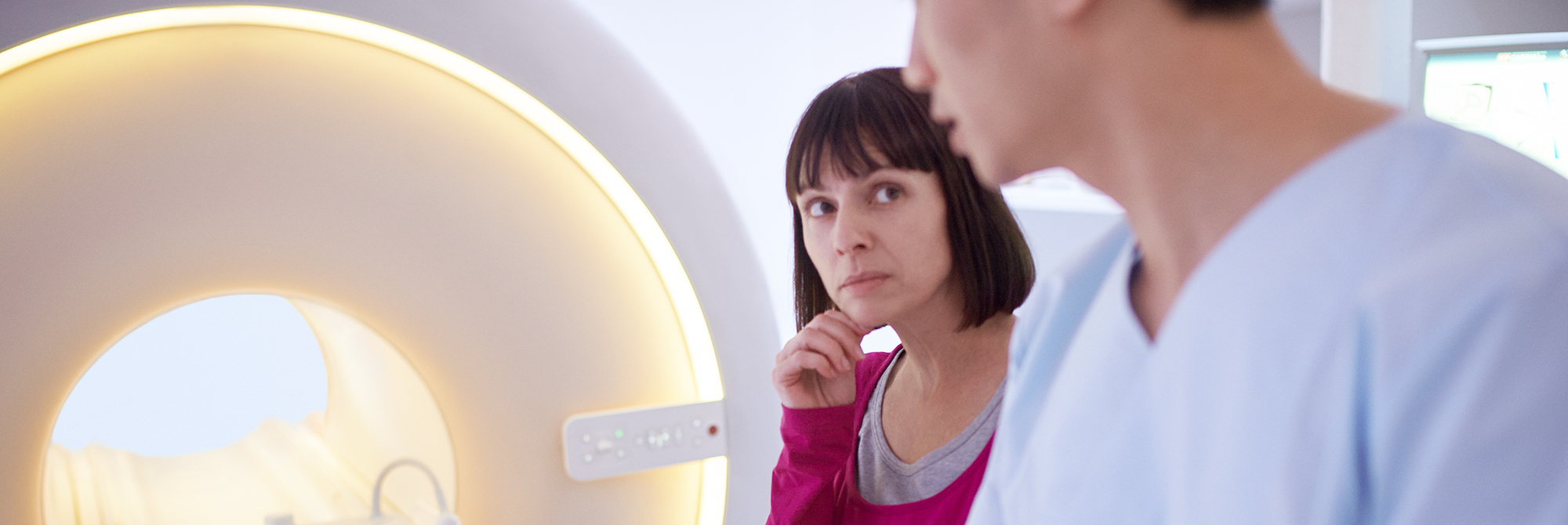Real insights from real patients: Unique research study reveals experiences of imaging procedures.
Philips is focused on a research-based approach to innovation that prioritizes the people behind the images. The Patient Experience in Imaging study was conducted with the aim of gleaning insights that can help reduce systemic, imaging-related patient stress for a better experience and better imaging outcomes.
Newly released original research provides valuable insight
into the real-life experiences, perceptions and recommendations from 600 patients who recently underwent an imaging procedure using CT, MR, diagnostic X-ray or molecular imaging technology.
While 77% of patients surveyed rated their overall experience as very good or excellent, deeper insights reveal where and how imaging can be made better for patients. Of their priorities, patients cited the following needs as very important or extremely important:
- 71% It’s important that I trust my referring doctor
- 69% I want an effective scan with minimal dose
- 67% I want the right image the first time to reduce repeat scans
- 58% Minimal wait times to receive results
